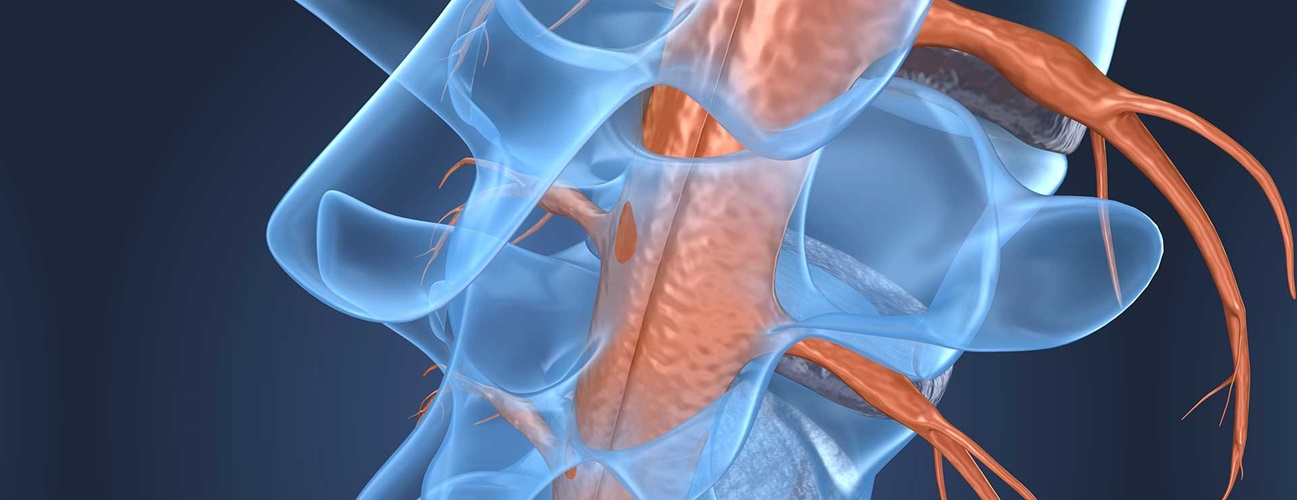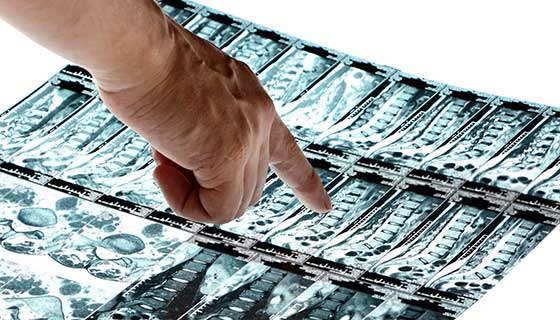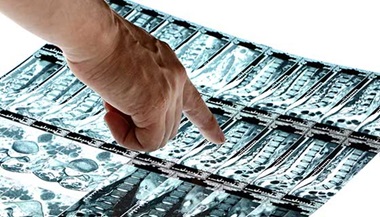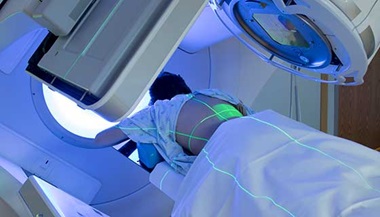Spinal Cord Tumors in Children
What You Need to Know
- Spinal tumors in children are very rare.
- They can be malignant (cancerous) or benign (non cancerous).
- As spine tumors grow, they can put pressure on the spinal cord, resulting in neurologic symptoms.
- Prompt diagnosis and treatment of pediatric spine tumors can prevent nerve damage to the spinal cord from becoming permanent.
What is a spinal cord tumor?
A spinal cord tumor is an abnormal tissue growth within or next to the spinal cord. Even benign spinal cord tumors can cause serious neurological problems in your child because they can put pressure on the spinal cord as they grow.
Prompt diagnosis and treatment can prevent spinal cord damage from becoming permanent. Recent advancements in treatments options, surgical instruments and surgical techniques have made it easier to treat this type of tumor.
Spinal Cord Tumor Symptoms
Because spinal cord tumors grow slowly over time, symptoms tend to develop over months and may be confused with normal “growing pains.” Symptoms vary from child to child and can be difficult to identify in children, so regular checkups with a pediatrician are extremely important.
Because a prompt diagnosis is so important in addressing a spinal cord tumor, you should contact the child’s pediatrician right away if you notice any of the following signs or symptoms:
- Chronic neck or back pain: This is the most common symptom. The pain can either be localized (in one spot) or may extend to a larger area. The pain can become apparent after a minor injury, like a sports accident. If your child complains of back pain that does not resolve or worsens, see a doctor for evaluation.
- Specific neurological complaints: As the tumors expand and create compression within the spinal cord, your child may experience:
- Decreased motor skills
- Muscle weakness, which can progress to paralysis without prompt treatment
- Sensory loss or numbness
- Loss of bowel or bladder control
- Spinal deformity: Scoliosis occurs in up to one-third of children with spinal cord tumors.
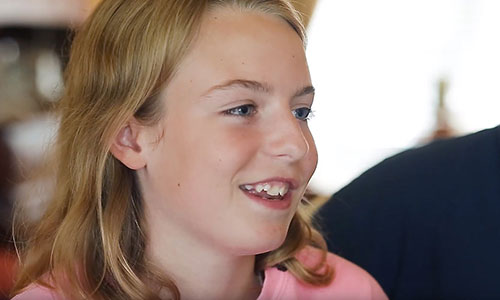
Hemangioblastoma Spine Tumor: Bridget’s Story
An avid soccer player, 10-year-old Bridget started to notice weakness in her legs while running. Over the course of a year, her coordination continued to decline. After an MRI revealed a large tumor on her spinal cord, Bridget and her family came to Johns Hopkins for care. There, a multidisciplinary team assembled to get Bridget back on the field.
Spinal Cord Tumor Diagnosis
A diagnostic evaluation begins with a thorough medical history and physical examination, including a detailed neurological assessment. Your child’s doctor may also recommend one or more of these diagnostic tests:
- Cerebrospinal fluid analysis to look for tumor cells
- Radiological imaging studies to identify the location and appearance of the tumor.
- MRI scan, which can help the physician view the tumor’s structure, exact location and size in relation to the spinal cord
- CT scan, which is sometimes used to better visualize the bone structures
- Biopsy from the actual tumor to provide a precise classification.
Types of Pediatric Spinal Cord Tumors
Spinal cord tumors are classified based on where they are growing within the spine:
- Intramedullary tumors: These spinal tumors arise from the cells of the actual spinal cord. Many are classified as gliomas, meaning they derive from the cells that nourish and support the spinal cord.
- Intradural tumors: These tumors arise inside the covering of the spinal cord, the dura, but outside the spinal cord itself. Typically, these tumors are benign.
- Extradural tumors: These appear outside the membranes that envelop the spinal cord and are either:
- Primary bone tumors, which originate from the spinal tissue
- Metastatic tumors, which originate in another part of the body
Spinal cord tumors are also classified by cell type. A pathologist will examine the cells microscopically and assign a grade to indicate how quickly the tumor is growing or dividing. A low number indicates slow growth, while a high number indicates an aggressive, faster-growing tumor.
Treatment for Spinal Cord Tumors in Children
Pediatric neurosurgeons may collaborate with neurologists, oncologists and rehabilitation therapists, among others, to develop a treatment plan.
In most cases, the best way to protect the child’s developing nervous system and its function is to remove the spinal cord tumor surgically. Even benign tumors should be removed before they grow large enough to put pressure on the cord.
After Spinal Cord Tumor Surgery
The recovery process is different for each patient. Children who get prompt diagnosis and treatment tend to do well after surgery. Some may experience some temporary neurological deficits, such as muscle weakness. These symptoms are likely to improve after surgery unless there was substantial permanent damage before the child was diagnosed. Physical therapy will help restore strength and function, and speed recovery. Some children will need inpatient rehabilitation.
Regular postoperative follow-up visits are also important so your child’s neurosurgeon can continue to assess neurological function, and stay on guard for tumor recurrence and side effects from chemotherapy or radiation therapy.
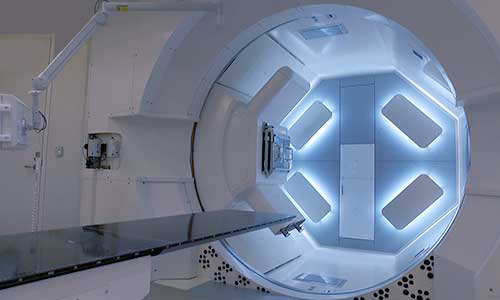
The Johns Hopkins Proton Therapy Center
Proton therapy is used to treat certain tumors in children and adults. Our treatment center, located at Sibley Memorial Hospital in Washington, D.C., combines advanced proton therapy technology, the latest research and caring specialists.
